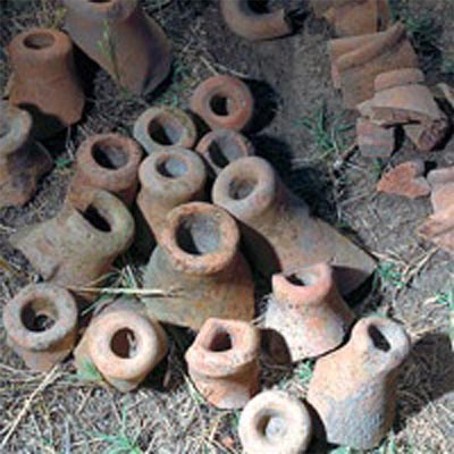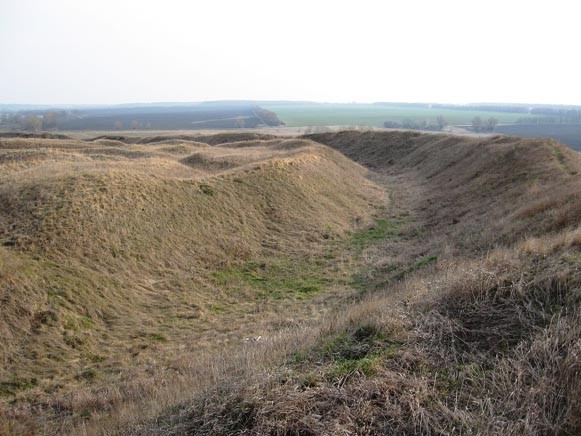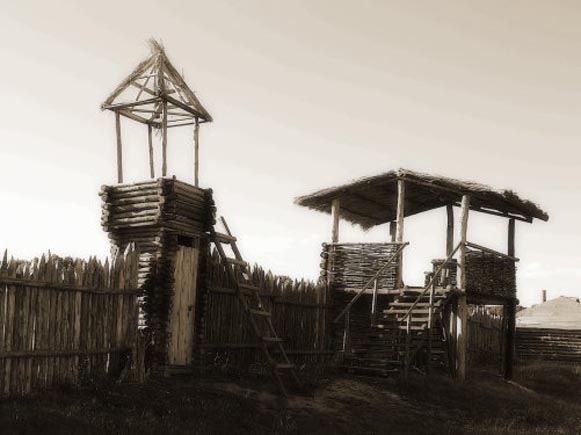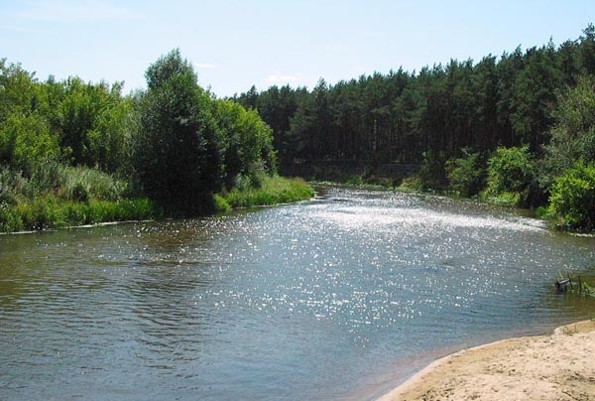Bilsk fortified settlement
Bilsk fortified settlement [Більське городище; Bilske horodyshche]. A large Scythian fortified settlement from the 6th to 3rd century BC on the banks of the Vorskla River near the village of Bilsk in Kotelva raion, Poltava oblast. The settlement was excavated and investigated in 1906 by Vasilii Gorodtsov and 1958–76 by B. Trakov and Borys Shramko. It consisted of three separate settlements unified by a common earthen wall and moat 35 km in length. The total area was 3,868 ha. Excavations revealed large pit dwellings and several ash pits. The inhabitants were basically farmers and herders, but they were also engaged in copper smelting, blacksmithing, and weaving and traded with the ancient states on the northern Black Sea coast. Several burial mounds, including the Skorobir kurhan, are located in the vicinity of the fortified settlement. Some scholars (such as B. Shramko) identify the Bilsk fortified settlement with the city of Helon mentioned by Herodotus.
[This article was updated in 2011.]






.jpg)